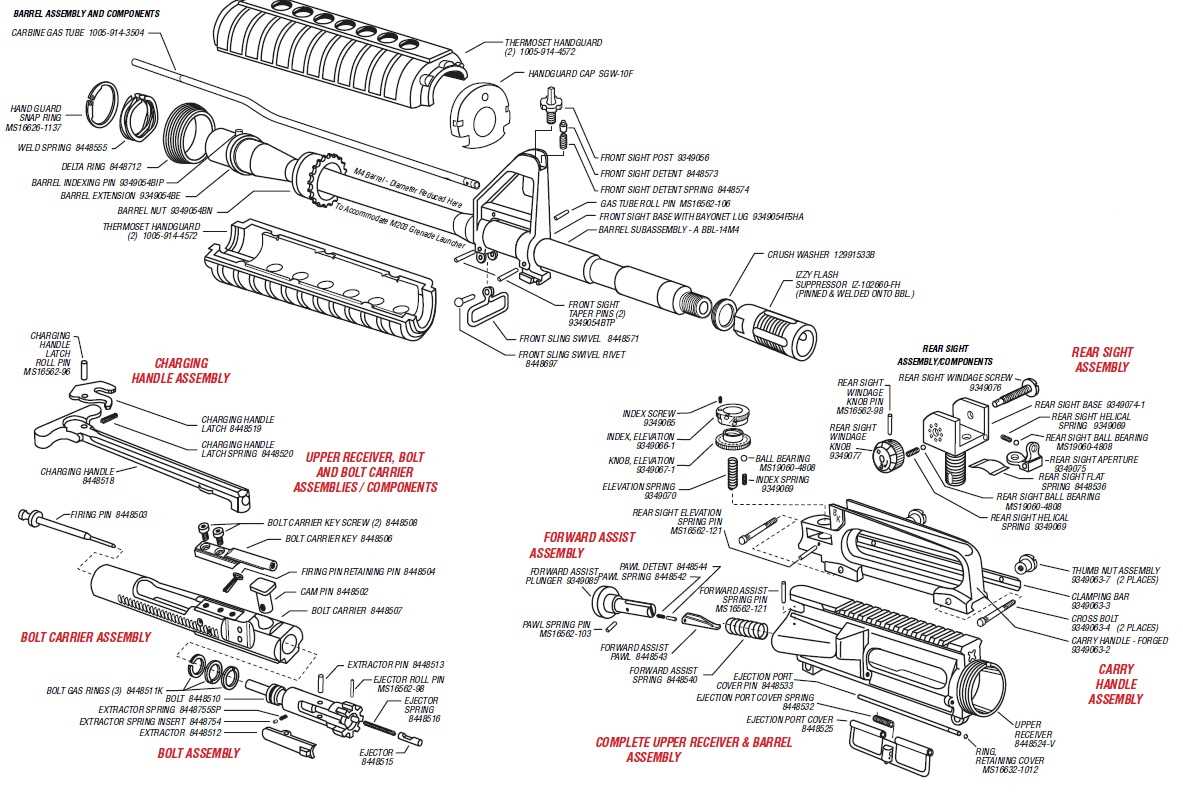
The AR-15 platform is one of the most popular and versatile firearms in the world today. Whether you’re a seasoned shooter or a novice, understanding the individual parts that make up this rifle is essential for both maintenance and performance. Each piece plays a vital role in the weapon’s function, and knowing how they work together allows for a deeper appreciation of the engineering behind the firearm.
To truly grasp the mechanics of this rifle, it’s important to familiarize oneself with the specific elements that contribute to its assembly. Each section of the rifle has a specific task, and any malfunction or wear can impact its overall reliability and efficiency. Proper knowledge ensures that users can identify potential issues early and take the necessary steps to address them, whether through repairs, replacements, or simple maintenance routines.
In this guide, we will break down the essential components, highlighting their function and significance in the overall system. By understanding how these parts interact, users can not only troubleshoot effectively but also enhance the longevity and performance of their AR-15. Whether it’s for cleaning, upgrades, or simply gaining a better understanding of how your rifle operates, knowing the key pieces is the first step toward mastery.
Understanding the AR-15 Parts Diagram
When assembling or maintaining a firearm, it’s essential to have a clear understanding of the individual components and their functions. For the AR-15, this means familiarizing yourself with the core pieces that work in unison to ensure reliable performance. Each part plays a specific role, from the trigger mechanism to the gas system, and knowing how they fit together is crucial for proper assembly, disassembly, and troubleshooting.
The layout of an AR-15 reveals its complexity and precision, but once each element is understood, the firearm becomes far easier to handle and maintain. From the upper receiver to the buffer system, every section contributes to the weapon’s overall efficiency and functionality. Below is a breakdown that highlights key components and their interactions.
| Component | Description |
|---|---|
| Upper Receiver | Holds the barrel and houses key elements like the bolt carrier group and charging handle. |
| Lower Receiver | Contains the trigger assembly, magazine well, and housing for the buffer system. |
| Gas System | Responsible for cycling the action by utilizing gas from the fired cartridge to cycle the bolt carrier group. |
| Barrel | Directs the projectile downrange and ensures accuracy with rifled grooves inside. |
| Bolt Carrier Group | Houses the firing pin and is essential for chambering, firing, and ejection processes. |
| Trigger Assembly | Controls the firing sequence and ensures the release of the hammer when the trigger is pulled. |
| Buffer System | Absorbs recoil and helps reset the action for the next shot. |
Key Components of the AR-15
The AR-15 is a versatile firearm that relies on several critical elements, each contributing to its functionality and performance. Understanding these essential components is vital for anyone looking to appreciate the design and mechanics of this popular rifle.
Upper Receiver: This part houses the bolt carrier group and charging handle, serving as the foundation for the rifle’s operation. It plays a crucial role in the cycling of the action and is often customized for improved performance.
Lower Receiver: The lower portion of the firearm contains the trigger assembly and magazine well. It is the serialized part of the weapon, making it subject to specific legal regulations. This component also allows for a wide range of accessories and modifications.
Barrel: The length and caliber of the barrel greatly influence accuracy and range. Various options are available, enabling users to tailor their rifle to specific shooting needs, from target practice to hunting.
Stock: This element provides support to the shooter and can be adjusted for comfort and stability. The design of the stock impacts both the handling and overall balance of the rifle.
Gas System: Responsible for cycling the action, the gas system utilizes the gas produced by firing a round to operate the bolt carrier group. Different configurations, such as direct impingement and piston systems, affect reliability and maintenance.
Each of these essential elements contributes to the overall performance and adaptability of the AR-15, making it a favored choice among enthusiasts and professionals alike.
Functionality of Each Part Explained
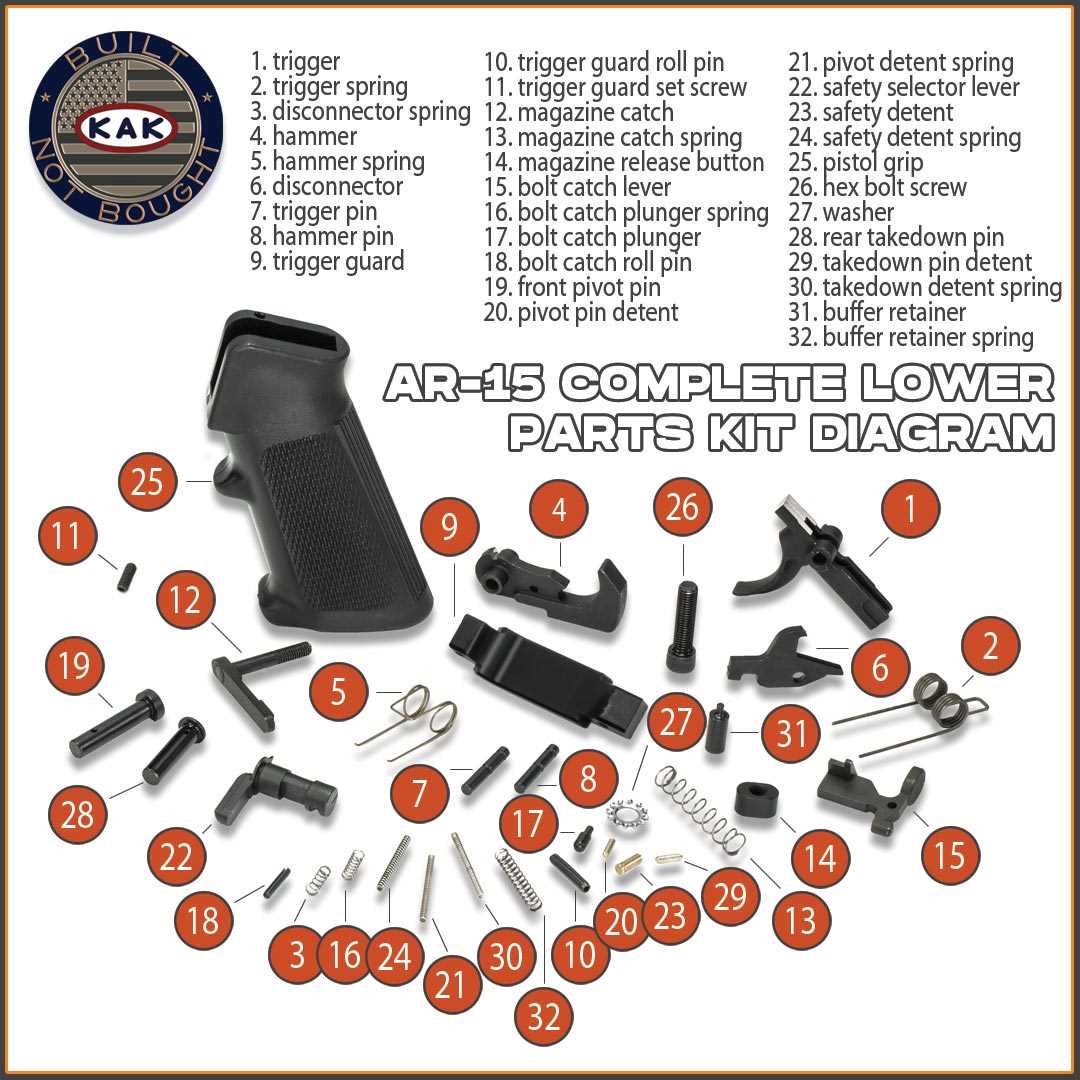
Every component within a firearm serves a specific purpose, contributing to the overall operation and performance of the weapon. Understanding the role of each individual element is crucial for proper maintenance, repair, and customization. Each section plays an integral part in the firing sequence, reliability, and precision of the system. Below is a breakdown of some essential components and how they contribute to the functionality of the firearm.
Key Elements and Their Roles
The primary elements are engineered to work in unison, allowing the weapon to function efficiently. For instance, the trigger mechanism initiates the firing process, while the gas system ensures cycling of the mechanism after each shot. The barrel, chamber, and firing pin work together to deliver the projectile accurately. To better understand these individual functions, refer to the following table that highlights key components and their contributions.
| Component | Function |
|---|---|
| Trigger | Activates the firing mechanism when pulled, initiating the shot sequence. |
| Gas System | Uses gas pressure from fired rounds to cycle the action and chamber a new round. |
| Barrel | Directs the projectile downrange with precision, ensuring proper flight trajectory. |
| Firing Pin | Strikes the primer of the cartridge, igniting the propellant and firing the round. |
| Recoil Spring | Absorbs and dissipates the force of recoil to return the bolt carrier group to its forward position. |
Interaction Between Components
The seamless interaction between these elements is essential for reliable operation. When the trigger is pulled, it releases the hammer or striker, which then strikes the firing pin, igniting the primer and initiating the combustion of the powder. This creates pressure that propels the bullet forward, while simultaneously generating gas that powers the cycling of the action, preparing the weapon for the next shot. Each part must function with precision to ensure consistent performance.
Common Upgrades for AR-15 Users

Many firearm enthusiasts choose to personalize their rifles to enhance performance, comfort, and reliability. Upgrading various components allows users to tailor their weapon to specific needs, whether it’s for better accuracy, faster handling, or improved durability. With so many available options, it can be overwhelming to decide which enhancements are worth considering.
Here are some popular modifications that can make a noticeable difference in the overall shooting experience:
- Optics and Sights: Many users swap out traditional iron sights for high-quality red dot sights or magnified scopes. These upgrades provide quicker target acquisition and greater accuracy at varying distances.
- Trigger: Replacing the factory trigger with a lighter or smoother one can greatly improve shot control and reduce the pull weight, leading to more consistent firing.
- Grips and Stocks: Custom grips and adjustable stocks provide better ergonomics, ensuring a more comfortable and secure hold, especially during prolonged use.
- Barrel: Upgrading to a different barrel material or profile can reduce weight, improve heat dissipation, and enhance overall accuracy. Different lengths are also available to suit various shooting environments.
- Handguards: A modern handguard can offer additional rail space for accessories like lights, lasers, and vertical grips while improving cooling and handling.
Each of these improvements is designed to increase the efficiency and satisfaction of using the rifle in different scenarios, from tactical applications to recreational shooting. The choice of upgrades largely depends on the individual shooter’s preferences and the intended purpose of the weapon.
How to Read a Parts Diagram
Understanding a visual representation of components is crucial for effective assembly and maintenance. This knowledge enables individuals to identify each element and comprehend its function within a larger system, ensuring that everything operates seamlessly.
Identify Key Elements
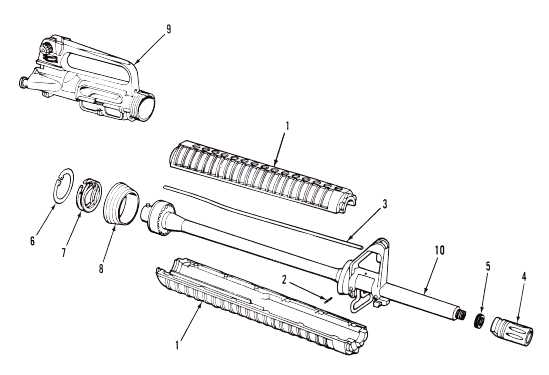
Start by familiarizing yourself with the labels and symbols used in the illustration. Each component is typically marked with a number or letter, which corresponds to a legend or list nearby. This helps in easily locating and recognizing specific items.
Understand Relationships
Pay attention to how the elements connect and interact with one another. Lines or arrows may indicate movement or alignment, offering insights into how everything fits together. Understanding these relationships is essential for successful assembly or troubleshooting.
Practice and Familiarization: Regularly reviewing these visuals will enhance your comprehension and ability to work with the components efficiently. The more you engage with the information, the more intuitive it will become.
Maintenance Tips for AR-15 Owners
Proper upkeep is essential to ensure reliability and longevity of your firearm. Regular attention not only enhances performance but also promotes safety during use.
- Regular Cleaning: Maintain cleanliness by regularly removing carbon buildup and debris.
- Lubrication: Use appropriate oils to keep moving components functioning smoothly.
- Inspect Components: Routinely check all elements for signs of wear or damage.
- Check Tightness: Ensure all screws and fasteners are secure to avoid malfunctions.
- Store Properly: Use a cool, dry place for storage to prevent corrosion.
Following these guidelines will help you achieve optimal performance and reliability.
Choosing Quality Parts for Performance
When it comes to enhancing functionality and reliability, selecting superior components is crucial. High-caliber elements not only contribute to overall effectiveness but also ensure longevity and safety during operation. This section will explore the significance of quality in every aspect of your build.
Understanding Material and Craftsmanship
The choice of materials plays a vital role in performance. Components crafted from high-grade metals and polymers are less prone to wear and can withstand harsher conditions. Additionally, meticulous manufacturing processes lead to greater precision, reducing the likelihood of malfunctions and enhancing user experience.
Evaluating Brand Reputation
Opting for reputable manufacturers often guarantees a higher level of reliability. Brands with a history of excellence typically invest in rigorous testing and quality control, ensuring that their offerings meet industry standards. Always research and read reviews to make informed decisions, as trustworthiness in suppliers is paramount.
In summary, prioritizing quality elements significantly impacts the performance of your assembly. Investing in the right materials and choosing established brands will yield better results and greater satisfaction in the long run.
Safety Considerations in Assembly
When assembling a firearm, it is essential to prioritize safety throughout the process. Attention to detail and adherence to guidelines can prevent accidents and ensure the proper functionality of the weapon. Below are key safety measures that should be followed during the assembly phase.
Preparation and Environment
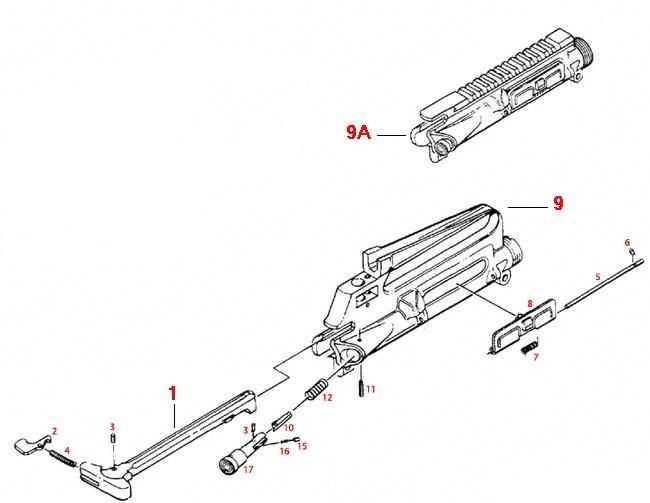
- Choose a well-lit, clutter-free workspace to minimize distractions.
- Ensure that all tools and materials are organized and easily accessible.
- Consider wearing safety glasses to protect your eyes from debris.
Handling and Procedure
- Always treat the weapon as if it is loaded, even if you believe it is not.
- Keep the muzzle pointed in a safe direction at all times.
- Use appropriate tools to avoid damaging components or causing injury.
- Follow manufacturer instructions meticulously to prevent errors.
- Inspect all elements before assembly to ensure they are in good condition.
By adhering to these precautions, you can foster a safer environment and ensure a successful assembly experience. Remember, safety is paramount in any firearm-related activity.
Resources for AR-15 Enthusiasts
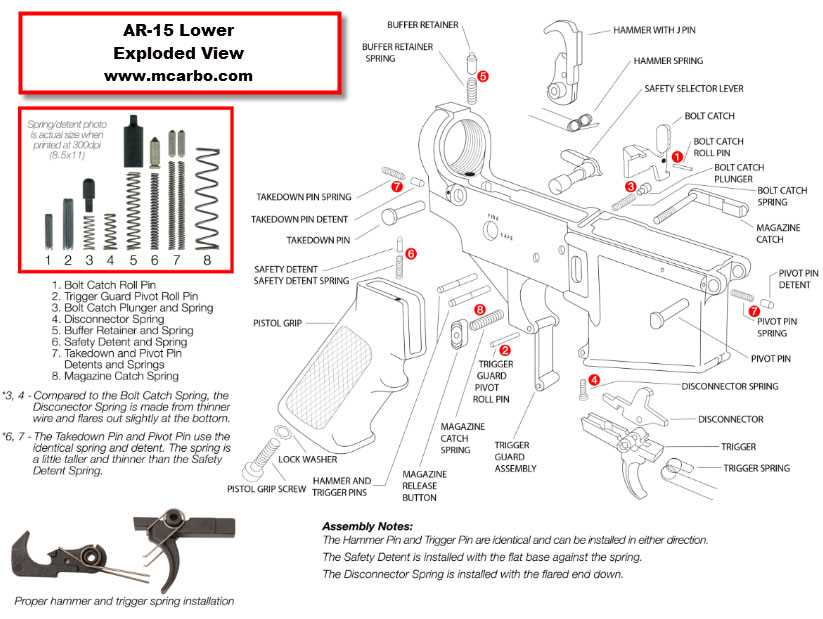
Engaging with the community of AR-15 aficionados offers numerous opportunities for learning, sharing experiences, and enhancing knowledge. A variety of materials, guides, and forums can significantly enrich your understanding and appreciation of these firearms. Here, we explore some valuable sources that cater to both beginners and seasoned enthusiasts.
Books and Manuals
Literature dedicated to AR-15s provides in-depth insights into their design, operation, and maintenance. Whether you prefer comprehensive manuals or detailed guides, there’s a wealth of information available to help you improve your skills and knowledge.
Online Communities
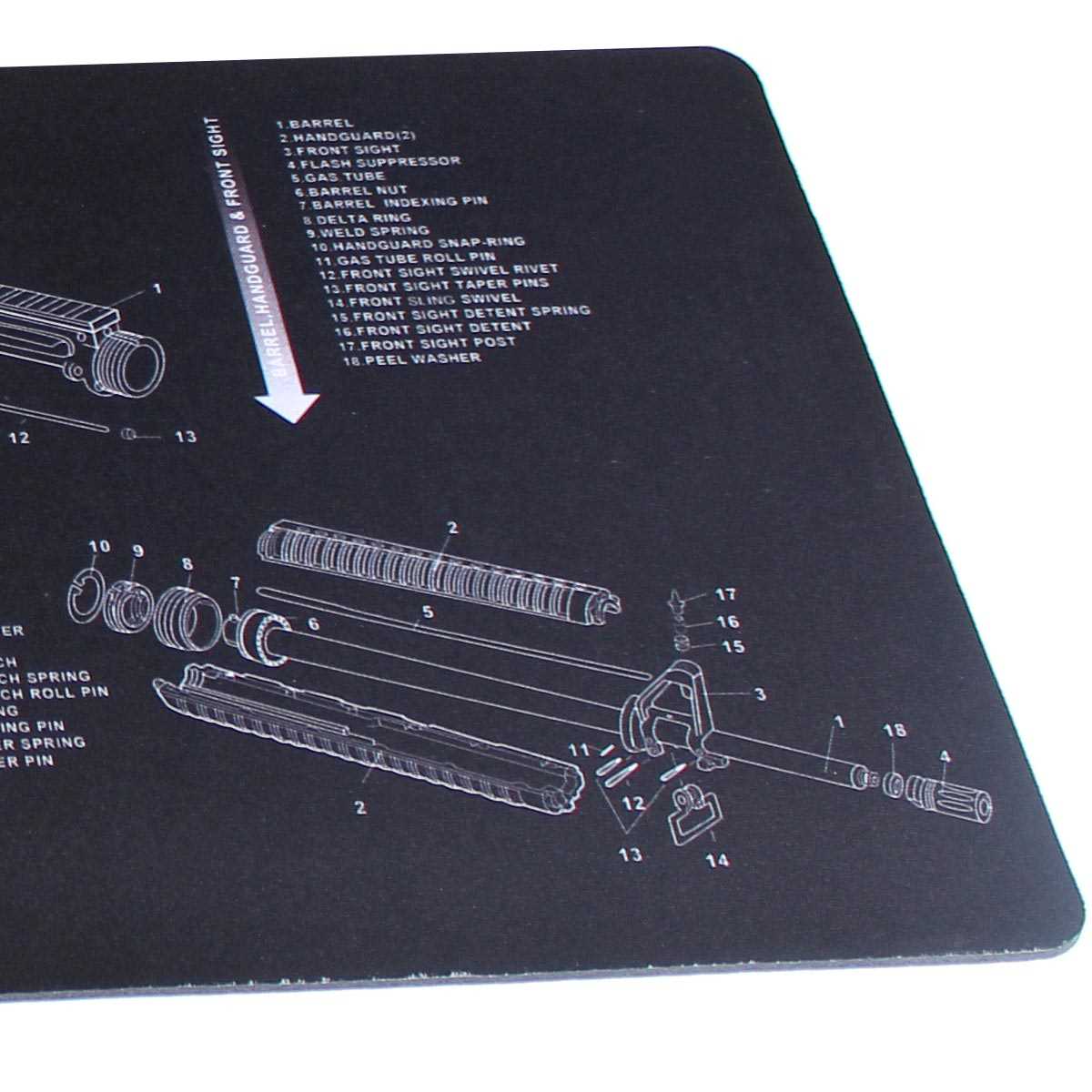
Joining online forums and social media groups can connect you with like-minded individuals. These platforms facilitate discussions, tips, and personal experiences that are invaluable for anyone looking to deepen their understanding of these firearms.
| Resource Type | Examples |
|---|---|
| Books | The AR-15 Complete Assembly Guide, The Ultimate Guide to AR-15s |
| Online Forums | AR15.com, Reddit’s r/ar15 |
| Videos | YouTube Channels, Firearm Training Videos |
| Workshops | Local Training Classes, Gunsmithing Courses |